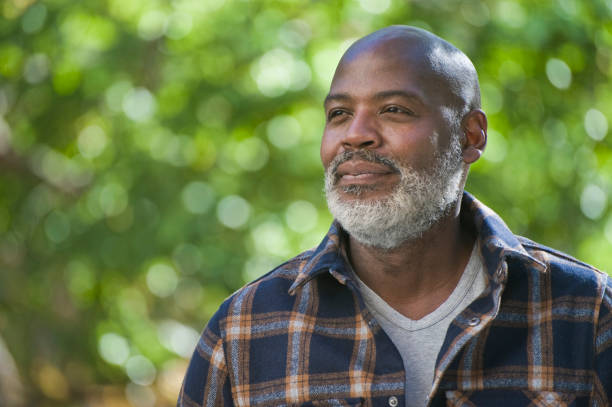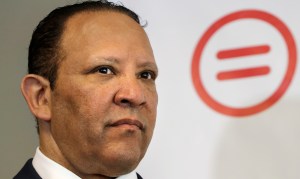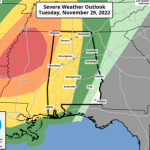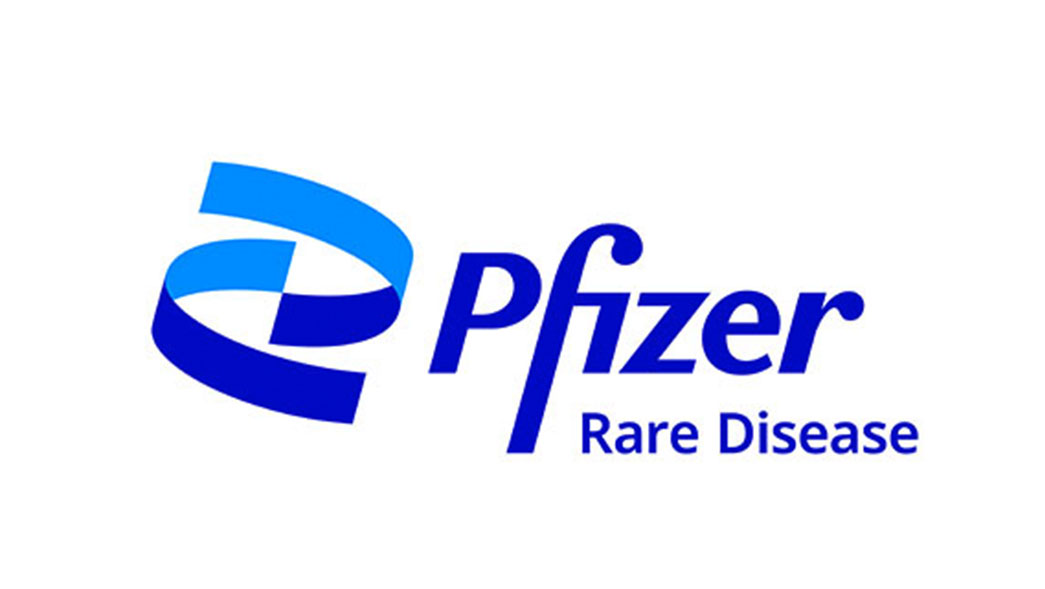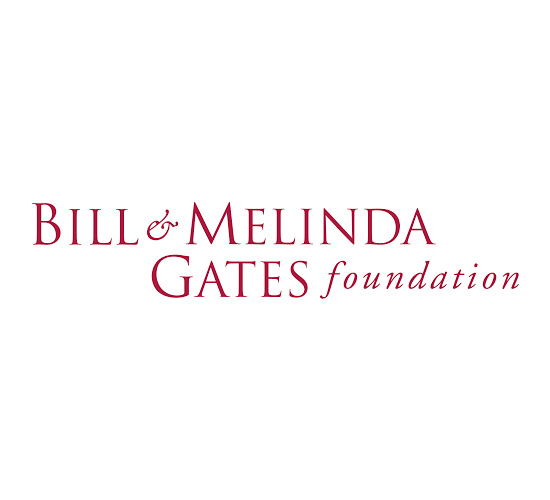by Jasmine Smith
Prostate cancer is a silent threat that hits Black men the hardest—striking earlier, advancing faster, and leading to higher mortality rates than in any other group. This alarming disparity underscores the urgent need for awareness, early detection, and proactive healthcare.
BlackDoctor.org spoke with Dr. Michael Richardson, a board-certified family physician dedicated to bridging the gap in health equity. As a regional medical director for Carbon Health and president-elect of the Massachusetts Academy of Family Physicians, Dr. Richardson is on the front lines of both patient care and advocacy. He emphasizes the critical need for earlier screenings, informed discussions about risk factors, and a personalized approach to tackling this life-threatening disease in Black men.
“One key point that is not widely known is that African American men are at higher risk for prostate cancer. The U.S. Preventive Services Task Force (USPSTF), which sets the standard for screenings, recommends discussing prostate cancer screening at age 55 for the general population. However, since African American men tend to develop prostate cancer earlier, that guideline may be too late for them,” Dr. Richardson says.
What is Prostate Cancer?
Prostate cancer develops in the prostate, a small gland that produces seminal fluid. While it is one of the most common cancers among men, it often grows slowly and may not cause serious harm in many cases. However, some aggressive forms can spread quickly, making early detection crucial.
Why Are Black Men at Higher Risk?
Black men are diagnosed with prostate cancer more frequently and at younger ages compared to other ethnic groups. Several factors contribute to this:
- Health Disparities: Differences in access to healthcare, socioeconomic status, and trust in medical providers play significant roles. Many Black men may not have a regular primary care physician or may delay seeking medical attention due to historical mistrust of the healthcare system.
- Genetic and Biological Factors: While race is a social construct, studies suggest that certain genetic variations may contribute to increased susceptibility to aggressive prostate cancer in Black men.
- Lack of Early Screening: Historically, screening recommendations have not adequately accounted for racial disparities. Recent research suggests that Black men should begin screening earlier, around age 40, rather than the standard recommendation of age 55.
“We are seeing higher rates of prostate cancer at an earlier age, and when people do have it, they are more likely to pass away,” Dr. Richardson notes. “One question is: Is it being detected in time? We have to think about access to care—do African American communities have access to a doctor? And even if they do have access to a doctor, do they trust that doctor enough to share very personal details? Prostate cancer affects men, and some of the symptoms include urinary issues such as difficulty urinating, leakage, urinary retention, and even blood in the urine. These can be very personal symptoms to discuss. Additionally, some men may be hesitant about prostate cancer screening because one method involves a rectal exam.”
The Importance of Early Screening
Early detection of prostate cancer significantly improves treatment outcomes. There are two main screening methods:
- PSA Test (Prostate-Specific Antigen): A simple blood test that measures PSA levels, which may indicate prostate cancer.
- Digital Rectal Exam (DRE): A physical exam where a doctor checks the prostate for abnormalities.
Due to past concerns about overtreatment, screening recommendations have fluctuated. However, experts now advocate for a personalized approach—particularly for Black men and those with a family history of the disease—to determine the best time to begin screening.
“The tricky thing about prostate cancer is that while it is very common, it is not always deadly. Some types of prostate cancer are so slow-growing that a person could live into their 90s without it ever causing major health problems. Treating these slow-growing cases aggressively may actually cause more harm than good. This realization led to changes in screening recommendations—at one point, guidelines even moved away from screening altogether,” Dr. Richardson adds.
Understanding Risk Factors
In addition to race, other key risk factors include:
Family History
If a close relative (father, brother) has had prostate cancer, the risk doubles.
“A good way to assess this is by looking at the age at which a family member was diagnosed. If someone in your family was diagnosed with prostate cancer at age 90, I’m less concerned because it’s likely a slow-growing form of cancer. But if they were diagnosed at age 40, that’s a much bigger concern because it suggests a more aggressive, fast-growing type of cancer,” Dr. Richardson shares. “It’s important for people to understand their family history. Does anyone in their immediate family—such as parents, siblings, or grandparents—have a history of prostate cancer? And at what age were they diagnosed? If a family member was diagnosed in their 50s or younger, that’s an important factor to consider.”
Lifestyle Choices
Smoking, high-fat diets, and lack of physical activity can contribute to cancer risk.
Age
While most cases occur in men over 50, Black men should be proactive about screening earlier.
“Not long ago, the Prostate Cancer Foundation published an article in the New England Journal of Medicine in April 2024, recommending that African American men start screening at age 40—15 years earlier than the general guideline,” Dr. Richardson notes. “This means that clinicians need to be aware that African American men face a higher risk of prostate cancer. If doctors wait until age 55 to bring up screening, they may be having the conversation too late. Many factors play a role, so it’s important to assess each person’s individual risk and ensure that screening is done appropriately based on that risk.”
Symptoms to Watch For
Many early-stage prostate cancers do not cause noticeable symptoms, which is why screening is crucial. However, warning signs may include:
- Difficulty urinating or weak urine flow
- Frequent urination, especially at night
- Blood in urine or semen
- Pain in the back, hips, or pelvis
- Unexplained weight loss
“It’s always best to see a doctor and get screened before symptoms start. But if you do have symptoms, some things to watch out for include difficulty urinating—such as urinary retention, where you’re unable to urinate. Some men may feel like they have to go, but when they try, nothing comes out, or only a few dribbles,” Dr. Richardson notes. “That can be a sign of prostate enlargement that’s obstructing urine flow. It doesn’t necessarily mean cancer—it could just be benign prostate enlargement—but that’s when it’s important to start a conversation about checking the prostate. Also, if someone notices blood in their urine, they should be evaluated for prostate cancer, among other possible conditions. Prostate cancer is typically painless, but unexplained back pain and weight loss can be warning signs that should be investigated.”
Preventive Measures
Though some risk factors like genetics cannot be changed, adopting a healthy lifestyle can reduce the likelihood of developing prostate cancer:
- Maintain a Balanced Diet: Eat more fruits, vegetables, and whole grains while limiting red and processed meats.
- Exercise Regularly: Staying active helps with overall health and reduces cancer risk.
- Limit Alcohol & Avoid Smoking: Reducing alcohol intake and quitting smoking contribute to better prostate health.
- Sexual Activity: Some studies suggest that regular ejaculation may lower prostate cancer risk.
Empowering the Black Community Through Awareness
Education and open conversations about prostate cancer can help break the stigma surrounding men’s health issues. Encouraging Black men to talk to their doctors, know their family history, and prioritize routine screenings can lead to earlier detection and better outcomes.
“I think the first thing people need to do is have a primary care doctor. They are your first point of contact for health concerns, and during your annual physical, it’s a great time to go over your health risks and recommended screenings. That’s when you can start the conversation by asking, ‘Can you help me understand my risk for prostate cancer?’ or ‘Can you help me understand my overall cancer risk?’ For this discussion, people should specifically ask about their risk for prostate cancer. If they have a family history or any concerns, their doctor should guide them in understanding their risk factors and determining whether they should start screening at an earlier age,” Dr. Richardson advises.
Final Thoughts
Prostate cancer remains a significant concern for Black men, but proactive steps can reduce risks and improve survival rates. Regular check-ups, early screenings, and healthy lifestyle choices are key in the fight against this disease. If you or a loved one is at higher risk, take action today—knowledge and early intervention can save lives.

